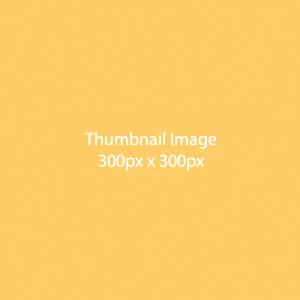encouragement to imagine and rethink our own purpose and place in life
/WHAT CAN I BE?
by Ann Rand, illustrated by Ingrid Fiksdahl King – Princeton Architectural Press, 2016
ages 4 years to grownup / imagination
There’s an architect’s sensibility running through this book—probably because both author and illustrator trained as architects. It has a feel for space and design that's modern yet classic, a bit like an excursion to a modern art gallery.
Simple shapes become the stimulus for stunning graphic pictures—for example: ‘an apple that’s ready to eat or a lollipop or the sun before it sets behind a high hilltop?’:
But there are so many other possibilities.
This is a book that will appeal to adult eyes and minds. The ideas that we have freedom within the hand that life deals us and that beauty is waiting to be discovered in the commonplace are among the most hopeful of promises—and the underlying theme of this book. The reminder of those implicit promises makes this a book that adults will reach for often when it’s time for a story.
But kids will love it too, here's why:
The images are detailed, graphic and modern—they seem open-ended, leaving plenty of room for new imaginings.
By asking the reader to come up with other ideas for the shape to be, the reader becomes part of the story. There’s time to pause for imaginings and space to come back later when you have a new idea.
There’s encouragement to try both drawing and thinking—the last page reads:
‘there are so many things that I could be WE’LL HAVE TO WAIT AND SEE JUST WHAT YOU MAKE OF ME’
It’s like the author passing the baton to the reader—it becomes our story rather than one we simply read.
A couple of small reading hints:
If you're reading this book with a young child, you might like to show them how to trace the shapes with their finger. Some, like the straight lines, are easy; others are quite complex for little fingers. Tracing like this is great for fine motor skills, eye development and pre-writing.
Also—since the art is reminiscent of the sort of work you might find in a dedicated modern art gallery, you could use this book as preparation for a gallery visit. Looking for specific shapes and patterns in the art can help to sustain attention and slow down little feet.
The power to imagine a new purpose and place is foundational to living a meaningful life—I think that’s why this is such an appealing book. It reminds us that there’s always another possibility.







